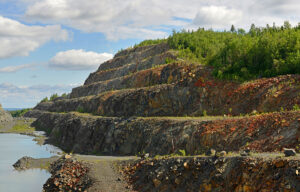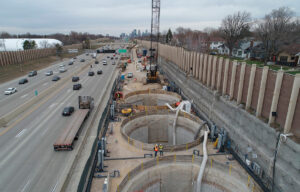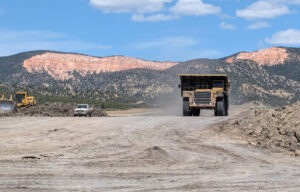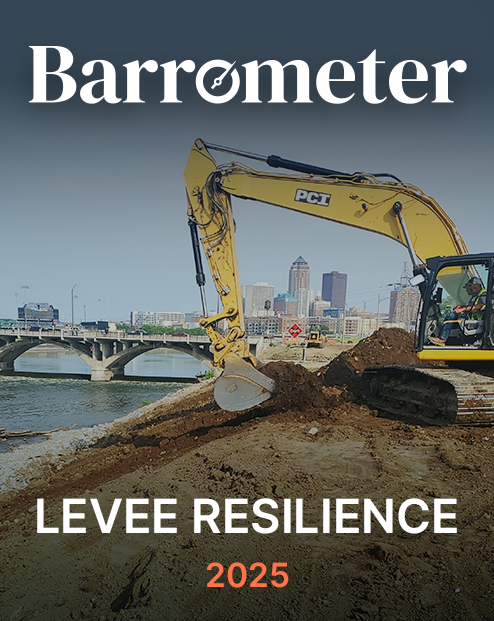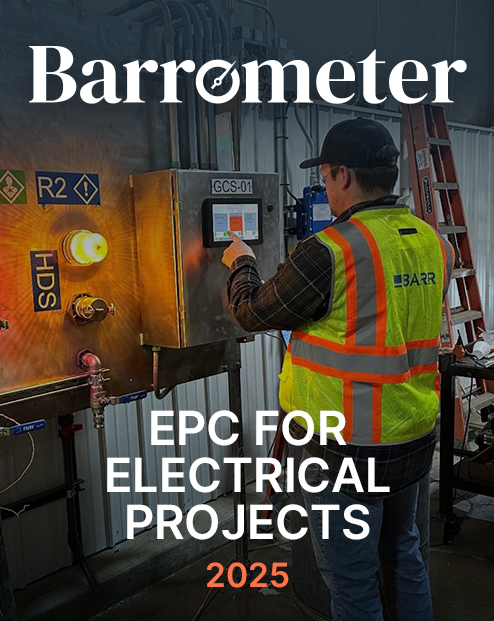
Proactive permitting strategy powers solar project success
Integrating renewable energy into an existing facility can be a daunting experience, especially for first-time developers. Understanding environmental review and permitting timelines and processes are important steps that, if taken early, can make project execution smoother.
In early 2020, when Pine Bend Refinery in Rosemount, Minnesota, decided to improve its energy efficiency by building a $75 million solar farm, they turned to Barr to define their environmental path forward. We helped the refinery and its parent company, Flint Hills Resources, navigate key environmental and social considerations such as land use and zoning; threatened and endangered species; wetlands impacts; construction stormwater management; and restoration planning.
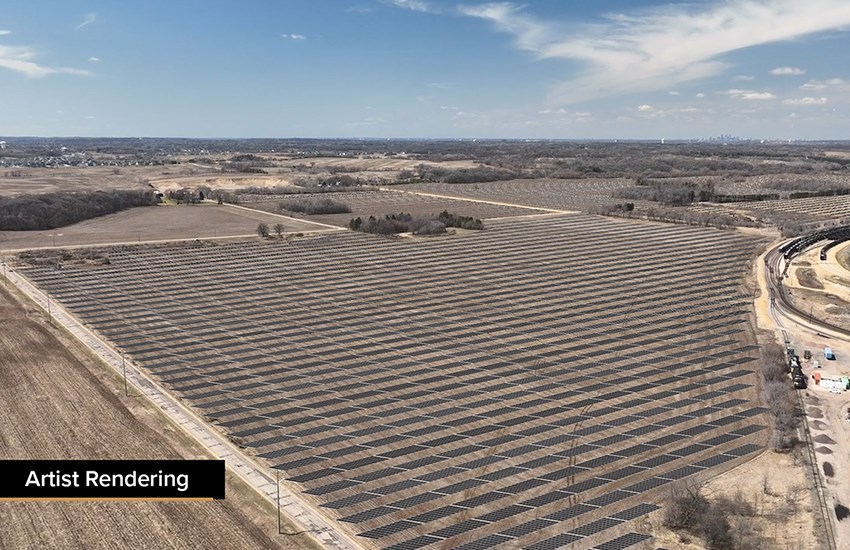
Because the site contained potentially suitable habitat for a variety of protected species, we helped Pine Bend schedule field activities in ways that would minimize impacts to important resources.
“It was important to have Barr as our partner in supporting the environmental review and permitting process for our solar farm project, which is the largest of its kind in the country,” said Mike Falk, a senior environmental engineer at the refinery.
Once operational, the 100,000-plus-panel solar farm, located on an adjacent 300 acres of currently idle land, has the capacity to provide roughly 30 percent of the refinery’s power needs.
For help navigating the renewable energy environmental review and permitting process, contact us.
About the author
Sarah Johnson manages multidisciplinary teams in the renewable energy, power, fuels, and mining sectors across the Upper Midwest and Intermountain West. She specializes in environmental review impact assessments; permitting and consultation at the local, state, federal and tribal levels; and construction compliance oversight.




